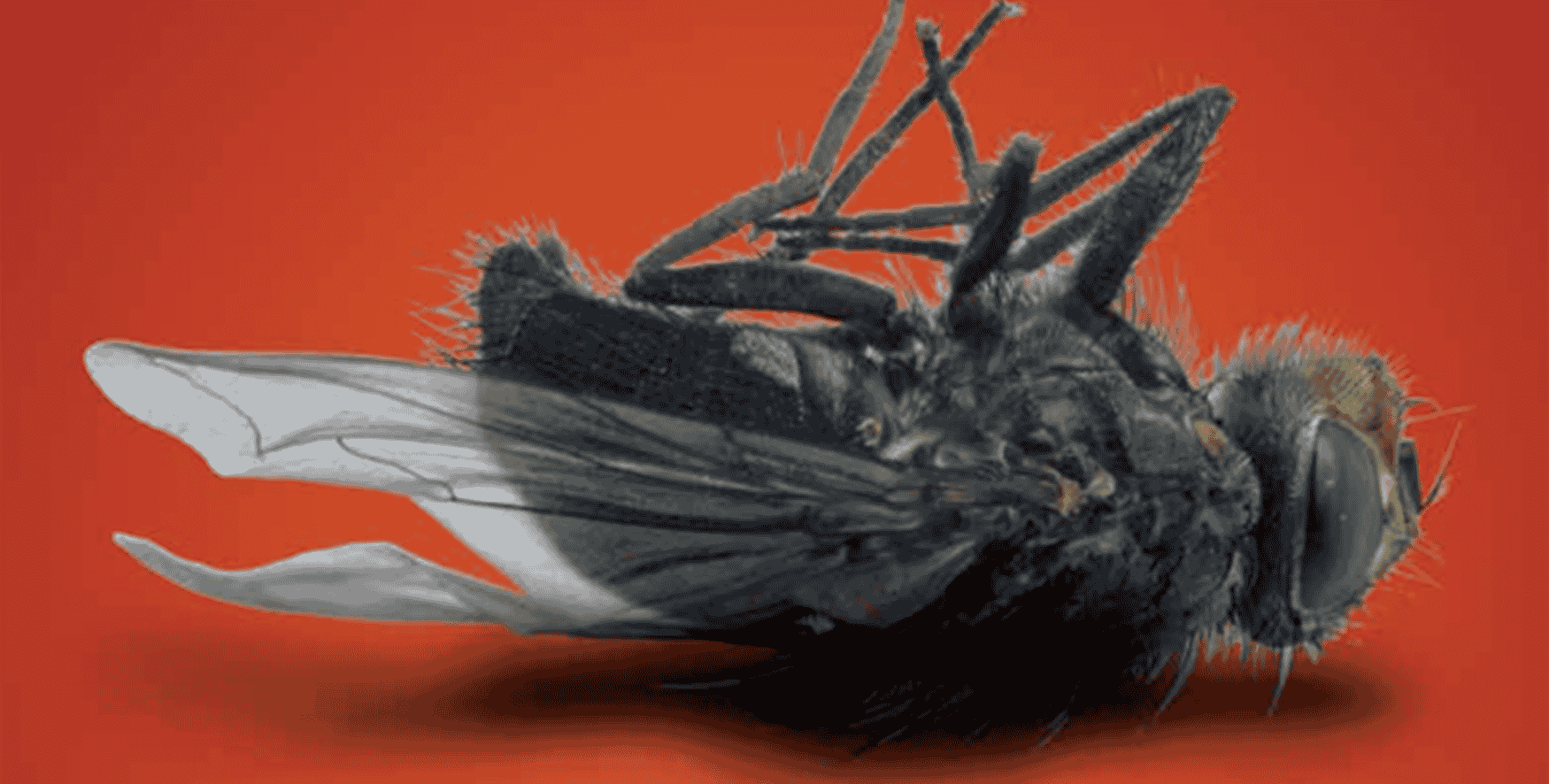Five Common Misconceptions about Product Rotation and Fly Control
Working regularly with dairy operators across the country, the experts from the Central Life Sciences sales team which stands behind the Starbar® line of insect control products have heard a number of false assumptions dairymen have made about their fly control issues. Product rotation, in particular, has proven to be a major point of confusion. To help address some of these misconceptions and to help dairy operators achieve the most effective fly control possible, the Starbar team set out to bust the five most common myths surrounding fly control:
Myth #1: Training my staff on using a new product is too difficult.
This is among the most common refrains heard by our team. Starting a new product on your operation can seem overwhelming, especially with a large staff. When one method is in place, the process of introducing a new product and implementing a new application method seems like a bigger task than you are willing to accept. A common misconception is the idea that training staff on using a new product is always going to be too difficult and time consuming. However, this isn’t the case when rotating multiple fly baits that have similar application methods. For example, a rotation of QuikStrike® Fly Bait and Golden Malrin® Fly Bait will require no change in protocols since the baits are applied in the same manner. Remember: change up the product, not the process. The key to resistance management is to rotate products with different modes of action.
Myth #2: I already rotate product types.
If you are already rotating fly control products on your operation, you are on the right track! It is important to make sure that you are using the proper products to create a true rotation to get the most out of your fly control efforts. What many dairy operators do not realize is that the key to effective product rotation is in the active ingredient, not the application method. The two most important things to look for when choosing rotational products are what is killing the fly (active ingredients) and how the flies are being killed (mode of action). Consider “what” active ingredient is being used. Flies can develop resistance when the same active ingredient is used repeatedly. Next, consider “how” the fly is being killed. The active ingredient is defined by the mode of action. If the two products you are rotating share the same mode of action, you are not employing a true rotation and there could be a greater chance to develop tolerance in the fly population. Another commonly misunderstood component of fly bait rotation is the timing of when each product is used. Rotate the products within the same active fly season, not on a year-to-year basis. When consulting with customers, we typically advise a strategy utilizing QuikStrike® Fly Bait for the first three months, changing to Golden Malrin® Fly Bait for one month, then returning to QuikStrike® Fly Bait for the remainder of the fly season.
Myth #3: My product worked for my parents and it works for me – I’m going to stick with what I know.
Past success doesn’t always guarantee future success, especially with fly control products. In fact, the continued use of a product is what leads to the development of resistance among flies. Resistance grows stronger with each generation as the resistant flies pass along their genes increasing the ratio of resistant flies within the population. It can seem counterintuitive to change out a product that has a long track record of success on your operation, but even rotating to an alternate product for one month of the season can go a long way toward guarding against resistance. This allows you to employ your preferred product for the majority of the season ensuring the product will remain effective for seasons to come.
Myth #4: Flies aren’t a big deal, they’re just a nuisance.
In addition to being a huge nuisance, flies also pose a huge threat to animal health, employee comfort and your bottom line. The house, stable, face and horn fly all present challenges on a dairy operation, both day-to-day and long-term. Fly populations can quickly grow to an overwhelming number, spreading disease and adding stress that can influence weight gain, alter output and affect profitability. Consider the primary species known to infest dairies:
- House flies transmit more than 65 disease-causing organisms, and contribute to the spread of pink eye, mastitis, and salmonella, all responsible for reducing milk output and weaning weight.
- Stable flies pester animals with painful bites and cause cows to burn excessive energy to try and dislodge them.
- Face flies spread diseases, like pinkeye, which is associated with drops in weight and milk production and is known to cost U.S. producers more than $150 million each year.
- Horn flies take up to 40 blood meals per day via painful bites which are the primary cause of the spread and development of mastitis within a herd.
Myth #5: I can get rid of all my flies with a single “silver bullet” solution.
While we all wish there was one magic “silver bullet” product to eliminate all flies on dairy operations, the truth is there is no such thing. Despite what advertisements may claim, in order to have complete control of flies on your operation, a dedicated integrated pest management (IPM) plan is required. Effective IPM programs should combine cultural best practices with proper product applications. The cultural best practices of an IPM program should focus on proper sanitation, exclusion and monitoring practices. Proper product application is an essential component that should include a comprehensive mix of fly baits, fly traps, sprays, on-animal and feed-through solutions like those available in the Starbar® line of insect-control products. Keeping cows comfortable, healthy and productive requires an effective fly management program. To achieve the best results possible with your fly control, seek out the right mix of products to support your IPM and avoid falling for these common fly control myths.
Article originally appeared in American Dairymen in August 2017




